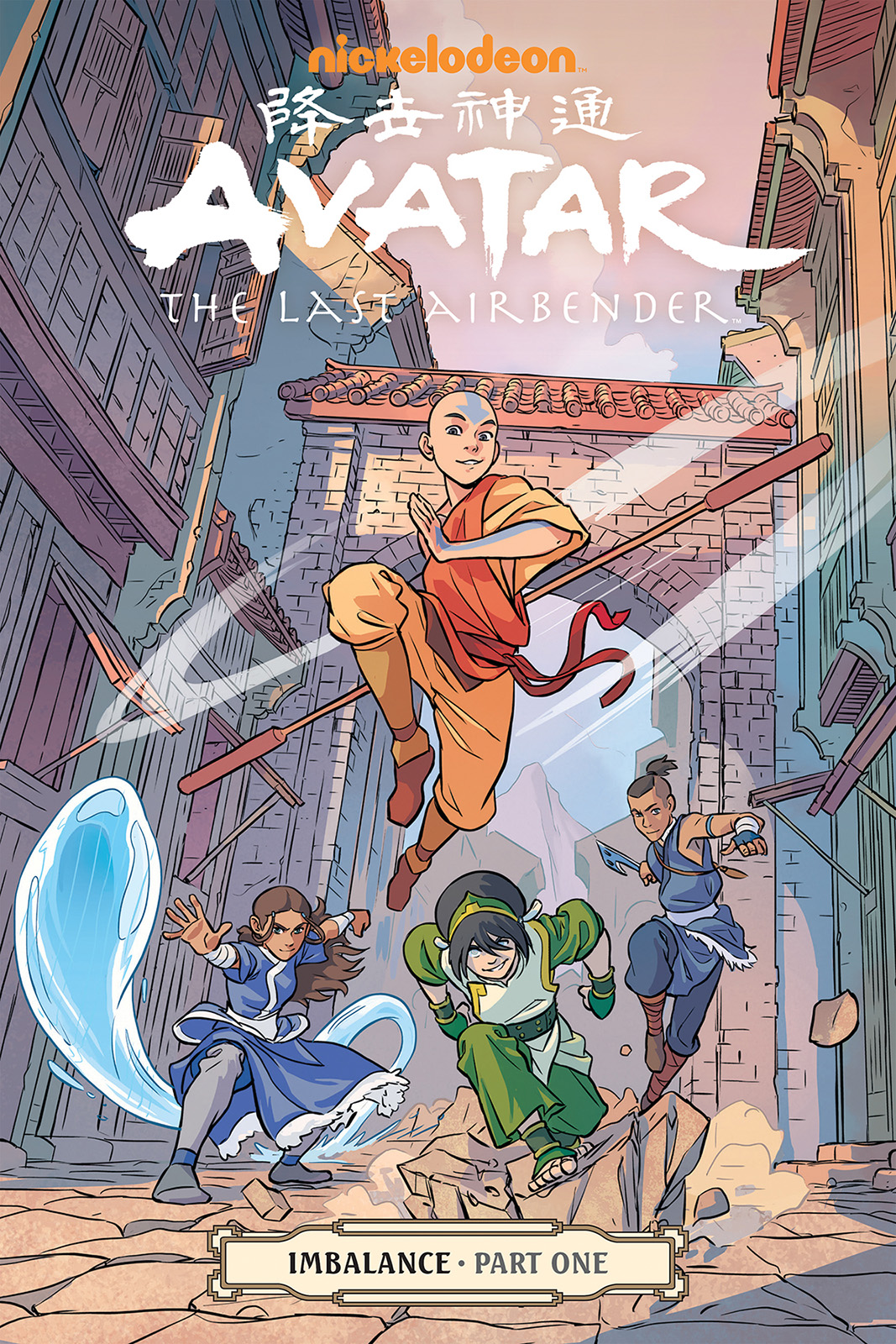Second Take: New comic sequel to ‘Avatar’ will bend minds, fill plot holes

(Photo courtesy of Peter Wartman)
By Kaia Sherry
March 5, 2018 11:57 p.m.
Everything changed when the Fire Nation attacked, but the continued popularity of “Avatar: The Last Airbender” has not.
Though the series concluded in 2008 with the two-hour finale, “Sozin’s Comet,” its legacy lives on. “Avatar” message boards are still actively used, and cosplayers flood the internet with realistic incarnations of the four nations, whether through imitations of Katara’s looped hairstyle or the iconic scar on Zuko’s eye. The show also got a slight continuation in “The Legend of Korra,” a television sequel set in the same fictional universe as “Avatar” that premiered in 2012.
And after increasing fan demand, the upper echelons of the show’s creators have now decided to continue the original “Avatar” storyline.
Dark Horse Comics announced the 2018 release of the newest book in the series titled “Imbalance Part One” on Oct. 10, in addition to a separate anthology recounting the “Avatar” gang’s sporadic adventures. Though “Legend of Korra” and the original comics are both expansions of the “Avatar” universe, the new comics will continue the storyline directly from where the show left off in 2008. Because the comics continue the original narrative, they work better as a sequel than “Legend of Korra,” which doesn’t fully address some of the ambiguous plot details in the original “Avatar.”
“Korra” stands on its own merits, but it would be even better if were not as connected as it is to the original “Avatar” series. The spin-off often relies too much on oblique connections to the original show, like Lin Beifong being the daughter of Toph Beifong – an unnecessary addition as Toph herself shows up anyway.
The existing comics already act as a full-fledged “Avatar” sequel, albeit in a different medium than the original show. In fact, previous comics in the series answer questions that the show chose to leave ambiguous. What happened to Zuko and Azula’s mother? Did Azula ever recover from her bout of insanity? What is the fate of Aang’s war-torn nation? The fans asked and the comics dutifully replied.
The tenuous “Avatar” connections in the “Legend of Korra” narrative come off as little more than fanfare. Though an old Toph is charmingly eccentric, her presence seems shoehorned for the sake of fan nostalgia. Toph’s presence in the comics, however, is just as charming and sufficiently satisfies fan inquiries into her fate: opening a successful metalbending school where hilarious antics take place.
Unexpectedly, the change in medium from animation to comic panel also benefits the expanded storyline. The comics are as animated as the show and allow the reader’s eyes to linger on each panel. None of the fast pace is lost because of the comics’ skillfully written dialogue and design, which often emphasize action in the way that the panels are laid out. Additionally, the solitary nature of reading makes consuming the comics a more immersive experience than watching the television show, which is an experience often done with others.
The newest book of the series intends to tackle the growing industrialism within the four nations, and seems to act as a burgeoning precursor to the world of “Legend of Korra.” With this concept in mind, the addition continues the series faithfully while also standing on its own.
In fact, “Imbalance Part One” will most likely execute the concept of industrialism more thoroughly than “Legend of Korra” does, if only because followers of the original series have been able to watch the continuous progression of the cultural landscape throughout the original series and previous comics.
The confined storyline of “Legend of Korra” does little to address what came before the bustling cityscape, and as a result, viewers are unable to analyze the impact of this industrial change on the characters. In contrast, it appears the continuation is slated to address the effects of industrialization in greater depths than it has in previous comics.
At the hand of previous writer Gene Luen Yang, the “Avatar” comics have become a microcosm of cliffhangers and compelling new characters, sparking new fans alongside the old. With such strong source material backing it, the newest comic will continue to bend “Legend of Korra” right out of the water.


